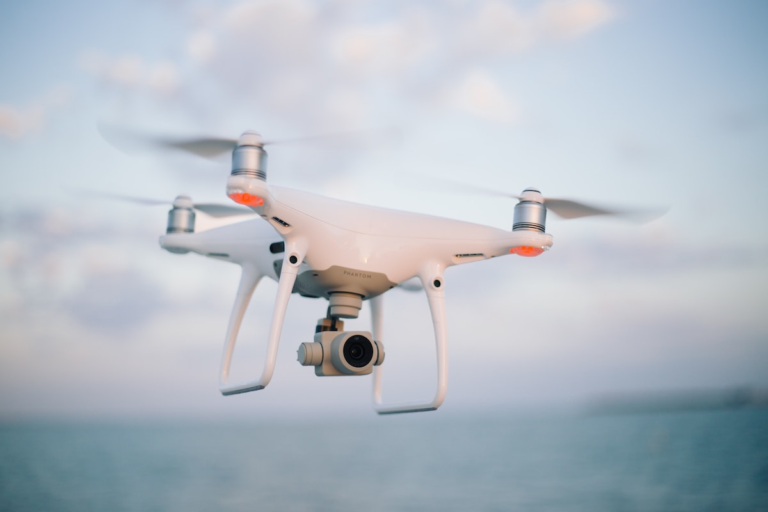There are so many advances in technology that have helped the farming industry, but few have been as transformative as drones. If you’re a farmer, you know how challenging it can be to keep track of everything happening on your land. Drones have completely changed farming by offering new ways to manage crops and land.
Over time, drones have developed from simple flying cameras into advanced tools packed with sensors and GPS technology. With the latest technology, drones have become more user-friendly and valuable for farmers of all sizes. In this article, we will go over several benefits you can expect when you start using drones in your farming business.
1 – Better crop management
UAV agriculture drones (Unmanned Aerial Vehicles) have made managing crops for farmers so much easier, efficient, and cost-effective in so many ways. They capture high-resolution images of fields, providing a detailed aerial view that isn’t possible from the ground. Seeing things from above allows for the quick identification of issues such as pests, diseases, or water stress, enabling early intervention and helping to protect crop yields.
Some drones are equipped with tools like NDVI (Normalized Difference Vegetation Index) that can detect subtle changes in plant health, such as nutrient deficiencies or stress, which are not visible to the naked eye. Regular drone scans provide ongoing insights into crops’ health so you can adjust farming practices on time to promote healthy and robust growth.

2 – Cost effective
Using a drone can cut down on the operational costs of a farm in a dramatic way. One of the biggest areas for savings is labour. The savings are immediately apparent since it takes many people many hours to do what a drone can do in minutes.
Drones also cover large land areas much more quickly than by hand. Whether you’re checking the health of your crops, looking for irrigation problems, or assessing soil conditions, drones can do the job in minutes instead of hours or days.
Also, the data that drones collect is very accurate, which helps use resources like water, fertilizers, and pesticides more efficiently. This reduces waste, so you are only using resources in the most efficient way possible.
3 – Data collection
Drones have made it much easier for farmers to collect and analyze important data about their fields. They can gather detailed information, such as the health of plants and the condition of the soil, providing a clear and complete view of the land. Usually, this kind of information would be hard to get using traditional methods.
What makes drones so valuable is that they can collect a lot of data quickly and accurately. This data can be fed into farm management software, helping farmers analyze and understand it. With this information, you can spot trends, find potential problems, and make timely changes to their farming practices. Precise data like this helps in fine-tuning everything from planting schedules to the use of fertilizers and pesticides.

